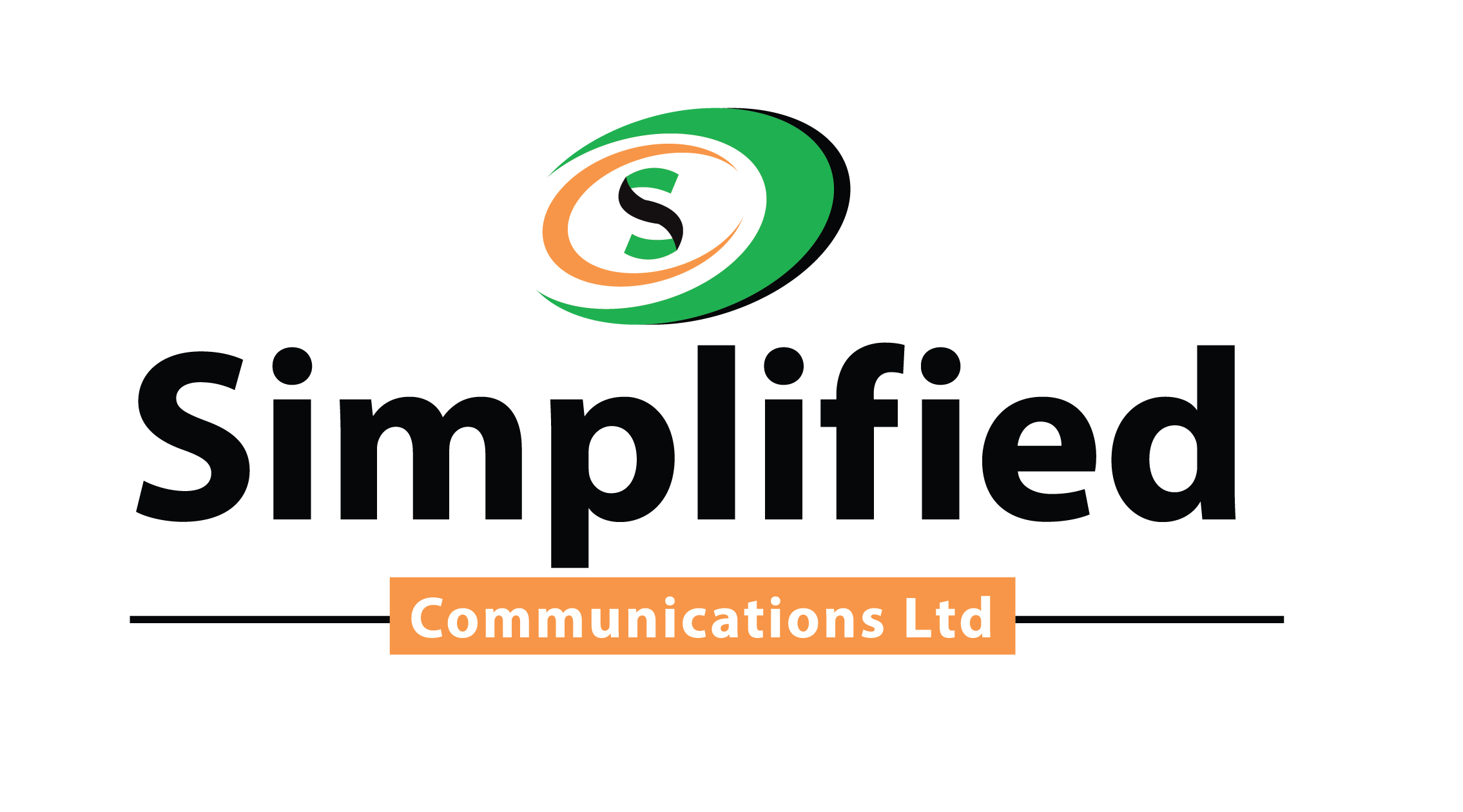Why you as an individual or a Company , subscribe to IT maintenance with SLAs?
Subscribing to IT maintenance with SLAs is about mitigating risk, optimizing IT performance, reducing costs, and ensuring that businesses can focus on their core objectives without being bogged down by technical challenges.
So how is this service important?
1. Clear Expectations and Accountability
Defined Service Levels: SLAs provide clear, measurable standards for service delivery, such as response times, uptime guarantees, and resolution times. This transparency ensures both the company and the service provider know exactly what to expect.
Accountability: SLAs establish accountability by specifying consequences if the provider fails to meet agreed-upon service levels. This motivates the provider to maintain consistent performance and ensures reliability.
2. Improved Operational Efficiency
Predefined Processes: IT maintenance under an SLA typically includes well-established protocols for handling incidents, ensuring that support teams know how to respond promptly and efficiently to issues.
Resource Allocation: With SLAs in place, businesses can ensure that the necessary resources are allocated to critical systems, reducing downtime and operational disruptions.
3. Proactive Maintenance and Support
Preventative Maintenance: Many SLAs include regular checks and updates, which reduce the likelihood of system failures. By preventing issues before they arise, businesses can avoid costly unplanned downtime.
Fast Response Times: SLAs guarantee rapid responses to critical issues, allowing for faster resolution of problems, minimizing service interruptions, and maintaining business continuity.
4. Better Risk Management
Minimized Downtime: SLAs can outline uptime commitments (e.g., 99.9% uptime), which can be crucial for businesses that rely on their IT systems for daily operations. This helps in managing the risk of downtime and its associated costs.
Security and Compliance: SLAs often cover the maintenance of security protocols, ensuring systems are up to date with the latest patches and vulnerabilities are mitigated in line with industry standards or legal requirements.
5. Cost Predictability
Fixed Costs: SLAs typically involve a fixed fee for ongoing IT maintenance, providing predictable costs for budgeting purposes. This avoids unexpected expenses caused by IT failures or emergency repairs.
Value for Money: Companies often find that the fixed price for a comprehensive SLA is more cost-effective than paying for ad-hoc IT repairs, which can be expensive and inefficient.
6. Focus on Core Business
Outsourcing IT Maintenance: By outsourcing IT maintenance under an SLA, businesses can focus on their core activities while relying on experts to handle the technical aspects of IT systems. This can lead to a more agile and productive workforce.
Less Disruption: With fewer IT-related disruptions, employees can maintain productivity, which directly contributes to better overall business performance.
7. Better Communication
Regular Reporting: SLAs often include regular reports on system performance, uptime, and support requests, providing valuable insights into the health of IT infrastructure.
Clear Escalation Process: The agreement specifies how issues should be escalated, ensuring that there’s always a clear path to resolution if a problem cannot be addressed quickly by the initial support team.
8. Competitive Advantage
Customer Satisfaction: Businesses with strong IT systems backed by SLAs can provide a better experience for their customers. A reliable IT system means fewer service interruptions, leading to higher customer satisfaction.
Innovation: With IT maintenance taken care of under an SLA, businesses can invest more in innovation and growth rather than constantly troubleshooting tech issues.
9. Scalability and Flexibility
Growth Support: SLAs can be adjusted to reflect the changing needs of a growing business. As a company scales, the IT support and maintenance requirements evolve, and SLAs can be modified to ensure continued effective service.



